In northwestern Alabama, the simple white clapboard house known as Ivy Green has been preserved as a museum dedicated to Helen Keller’s life and work.

Ivy Green was the home in which Keller grew up and where she first met Anne Sullivan, the teacher who would help her change the course of her life.
Keller’s paternal grandparents, David and Mary Fair fax Moore Keller, built Ivy Green in 1820. Located on 640 acres of land, the estate included a main house and a small cottage designed for use as the plantation office. A separate building also was constructed for the kitchen to prevent the main house from overheating with cooking fires. When the Kellers’ son, Captain Arthur H. Keller, married for a second time in 1878 (his first wife died in 1877, leaving him with two sons), he moved back to Ivy Green with new wife, Katharine “Kate” Adams.
Captain Keller had studied law before enlisting in the Confederate army during the Civil War (1861–1865). After the war, he resumed the practice of law. In 1874, he became the owner and editor of the Tuscumbia North Alabamian, and later he served as U.S. marshal for the Northern District of Alabama. Arthur and Kate initially lived in the cottage, where Helen was born in 1880. They had two more children: Mildred (born around 1886), and Phillip (born in 1891). The growing Keller family eventually moved into the main house.
この記事は Cobblestone American History Magazine for Kids の March 2017 版に掲載されています。
7 日間の Magzter GOLD 無料トライアルを開始して、何千もの厳選されたプレミアム ストーリー、9,000 以上の雑誌や新聞にアクセスしてください。
すでに購読者です ? サインイン
この記事は Cobblestone American History Magazine for Kids の March 2017 版に掲載されています。
7 日間の Magzter GOLD 無料トライアルを開始して、何千もの厳選されたプレミアム ストーリー、9,000 以上の雑誌や新聞にアクセスしてください。
すでに購読者です? サインイン
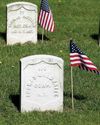
Putting the Pieces Together
Americans needed to begin to put the past behind them, come together, and plan for the future in the spring of 1865. But Abraham Lincoln, the man best equipped to lead them and who had hoped to restore the country as smoothly and peacefully as possible, had been assassinated.
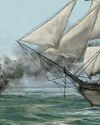
LAST SHOTS
The last Confederate forces in the Civil War didn’t surrender in the spring of 1865 or on a battlefield.
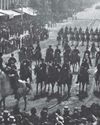
AND IN OTHER 1865 NEWS
A group of African Americans stop at the White House’s annual public reception on January 1, where they shake hands with President Abraham Lincoln.
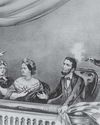
A Plot to Kill President the
For several months, actor John Wilkes Booth’s band of conspirators had plotted to capture President Abraham Lincoln and hold him hostage in exchange for Confederate prisoners.
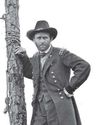
Let the Thing Be Pressed
In June 1864, Union Lieutenant General Ulysses S. Grant began a nearly 10-month campaign in Virginia.
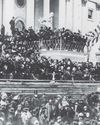
HEALING THE NATION
President Abraham Lincoln took the oath of office for the second time on March 4, 1865.

A Helping Hand
The spring season is hard in any agricultural society. Plants and animals are too small to eat.
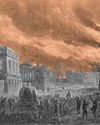
WAR SHERMAN-STYLE
As far as Union Major General William T. Sherman was concerned, the Civil War had gone on long enough.
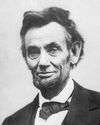
PEACE TALKS
The fall of Fort Fisher made clear that the Confederacy’s days were numbered. Southerners were tired and hungry.
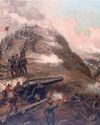
FORT FISHER'S FALL
Outnumbered Confederate soldiers inside Fort Fisher were unable to withstand the approach of Union troops by land and the constant Union naval bombardment from the sea.